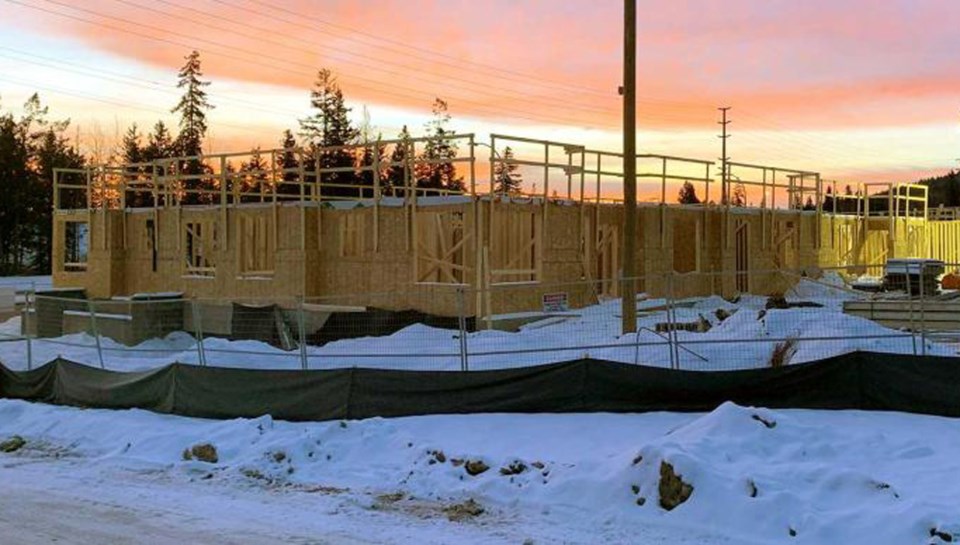The City of Prince George is disputing claims made by the city's building inspection team in a letter to mayor and council last week.
In a letter sent to mayor and council on Feb. 28, the city’s building inspection team raised serious safety concerns about a shift to a “professional reliance” model when it comes to commercial, multi-family, industrial or other buildings classified as “Part 3 buildings” under the BC Building Code. The policy change came into effect on Feb. 16, according to the letter.
“Building Bylaw 8922, 2018 received final reading and adoption on January 22, 2018. This bylaw, in accordance with provincial law, allows City of Prince George to rely on registered professionals to construct a Part 3 building. There have not been any changes related to this policy since 2018,” a pair of statements issued by the city on Tuesday and Wednesday said. "Staff were advised on February 16th of the final step for full implementation of the processes initiated with the bylaw changes in 2018. This was one part of a process review addressing redundancies, efficiencies, and regulatory compliance that had been on-going for months in cooperation with the City’s customer base and the building inspection team."
Buildings classified under Part 3 of the B.C. Building Code are typically taller than three storeys in height, or larger than 600 sq. metres (6,458 sq. feet) in floor space.
Registered professionals are regulated by their professional associations and are required to follow professional standards and the BC Building Code.
"While building inspectors find deficiencies in Part 3 buildings from time to time there is no evidence to indicate those deficiencies were not already being addressed by the qualified professional or the developer," the statements said. "The City does not keep cumulative records on the total number of deficiencies City building inspectors find, however on a per-project basis a deficiency may be documented as a requirement for final occupancy permits to be issued. The safeguards in place under the professional reliance model is the seal of the highly educated, certified professionals (e.g .architects and engineers) who sign off on the projects in their area of expertise. The implication that the City should not accept the expert opinions of architects, engineers and other qualified professionals is not in keeping with basic development principles, regulations, or legislation."
Whenever there are deficiencies found in a building the city works with the developer to address those issues, a city spokesperson added.
In the statement, the City of Prince George also disputes the claim by the building inspectors that they weren’t consulted in the decision.
“During a months-long review of development processes with staff and the city’s customer base it was determined that there was duplication of work between building inspectors and qualified professionals,” the statement said. “Following the processes defined in the Building Bylaw could reduce this duplication. This would also bring the city’s practices up to best practices followed by other municipalities for over a decade.”
The Municipal Insurance Association of B.C. conducted a Building Bylaw Project for their members in 2002.
"The City of Prince George is not a member of MIABC, but the Prince George professional design and review approach adopted in the 2018 bylaw is based on the MIABC principles that have been relied on as the gold standard by municipalities in B.C. for over 20 years," the statements said.



